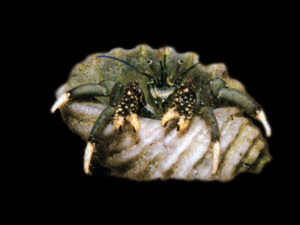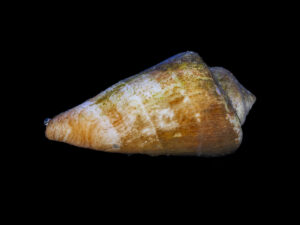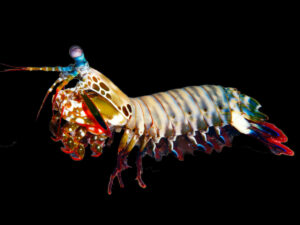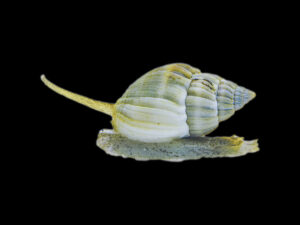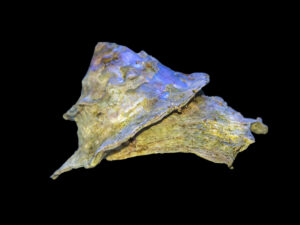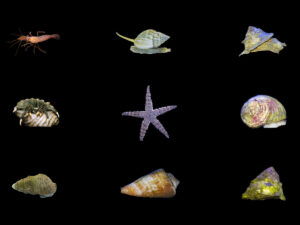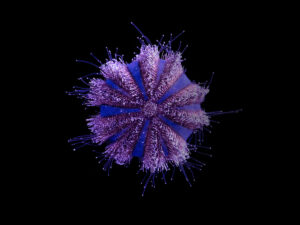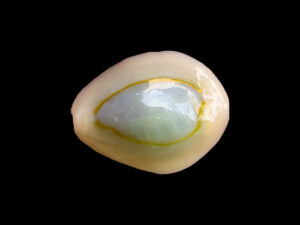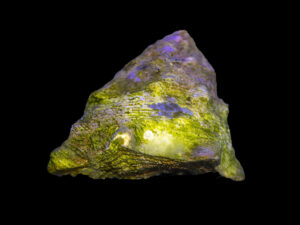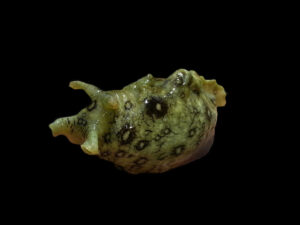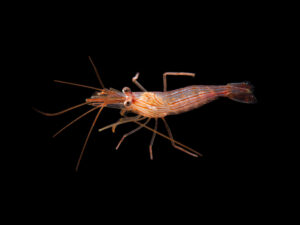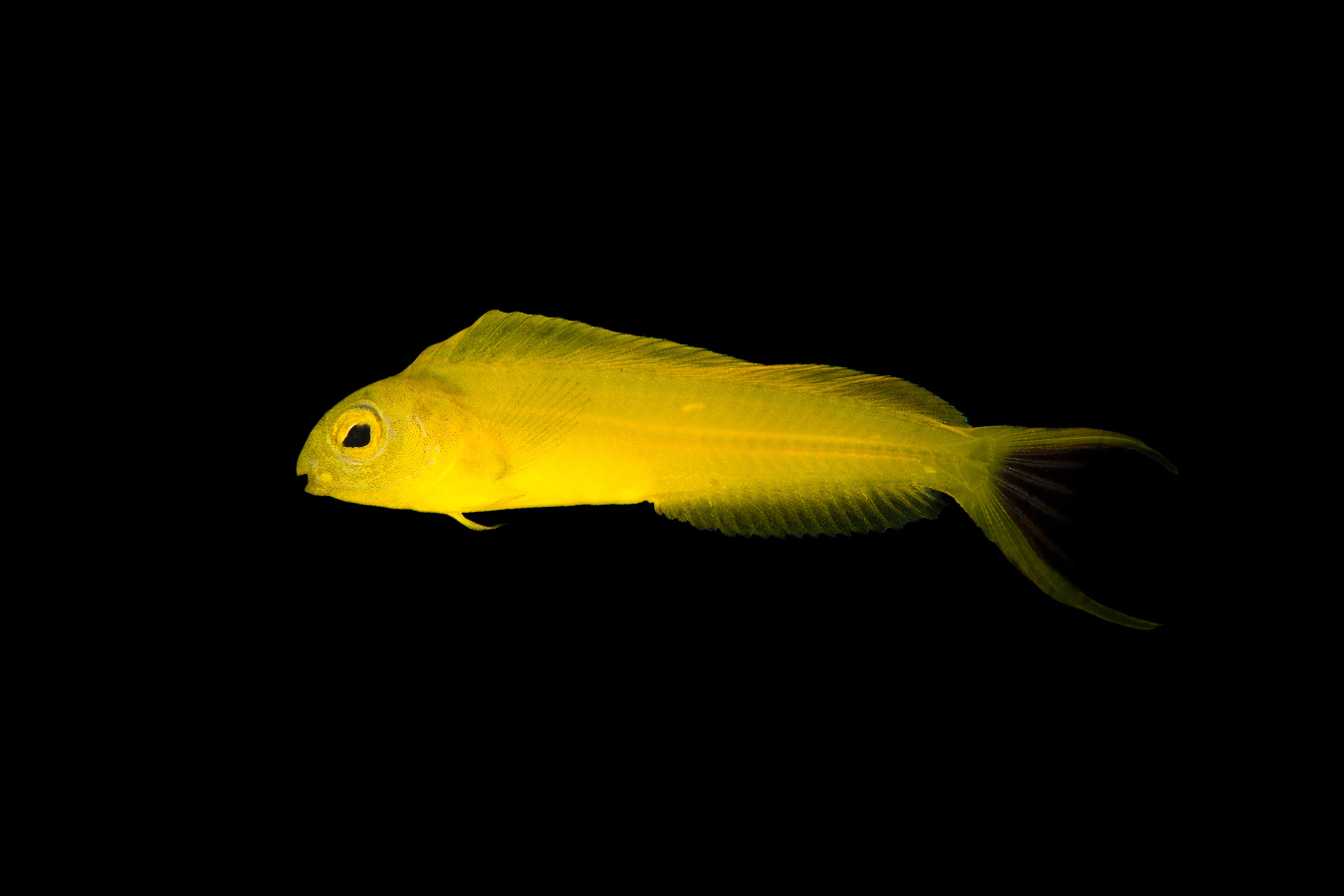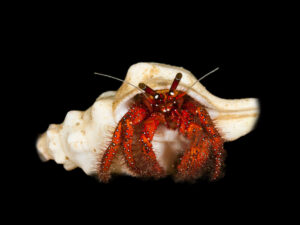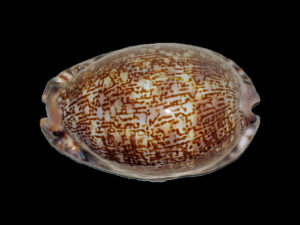Related products
-
25%
Yellow Foot Hermit Crab
$4.00 – $30.00Price range: $4.00 through $30.00Select options This product has multiple variants. The options may be chosen on the product page -
12%
Strombus Snail
$12.50 – $110.00Price range: $12.50 through $110.00Select options This product has multiple variants. The options may be chosen on the product page -
Rainbow Mantis Shrimp
$200.00Select options This product has multiple variants. The options may be chosen on the product page -
31%
Nassarius Snail
$6.50 – $45.00Price range: $6.50 through $45.00Select options This product has multiple variants. The options may be chosen on the product page -
25%
Astraea Snail
$10.00 – $75.00Price range: $10.00 through $75.00Select options This product has multiple variants. The options may be chosen on the product page -
21%
Clean Up Crew Packages
$37.50 – $550.00Price range: $37.50 through $550.00Select options This product has multiple variants. The options may be chosen on the product page -
Hot
Tuxedo Urchin
$45.00Select options This product has multiple variants. The options may be chosen on the product page -
Gold Ring Cowrie
$10.00Select options This product has multiple variants. The options may be chosen on the product page -
25%
Trochus Snail
$10.00 – $75.00Price range: $10.00 through $75.00Select options This product has multiple variants. The options may be chosen on the product page -
Winged Sea Hare
$35.00Select options This product has multiple variants. The options may be chosen on the product page -
25%
Campbell’s Strombus Snail
$10.00 – $75.00Price range: $10.00 through $75.00Select options This product has multiple variants. The options may be chosen on the product page -
33%
Peppermint Shrimp
$15.00 – $100.00Price range: $15.00 through $100.00Select options This product has multiple variants. The options may be chosen on the product page
Canary Blenny
Please Note: Due to variations within species, your item may not look identical to the image provided. Approximate size range may also vary between individual specimen.
Deep dive >
Quick Stats
- Dietry Requirements
- Compatible With
- Maximum Fish Size (cm)
- Minimum Tank Size (L)
- Same Species Aggression
- Other Species Aggression
- Care Requirements
The Canary Blenny is a solid vibrant yellow.
This blenny needs a minimum tank of 100 litres with live rock for hunting and grazing in order to thrive. It is best to keep only one per tank unless a breeding pair is maintained. If attacked by other fish, the Canary Blenny will retaliate by biting the inside of the mouth of the attacker. The Canary Blenny is considered venomous and should be kept only with caution around children having tank access since it may perceive fingers as an attacker and deliver a similarly painful bite.
The diet of the Canary Blenny should consist of finely chopped crustacean flesh, mysis and brine shrimp as well as frozen herbivore preparations.
Related products
-
Giant Red Hermit Crab
$45.00Select options This product has multiple variants. The options may be chosen on the product page -
21%
Clean Up Crew Packages
$37.50 – $550.00Price range: $37.50 through $550.00Select options This product has multiple variants. The options may be chosen on the product page -
Arabian Cowrie
$25.00Select options This product has multiple variants. The options may be chosen on the product page -
25%
Trochus Snail
$10.00 – $75.00Price range: $10.00 through $75.00Select options This product has multiple variants. The options may be chosen on the product page
